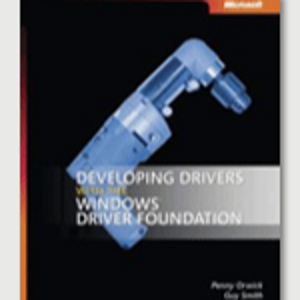
You want a filter driver that is below hidusb.sys. You want to be able to modify the raw hid descriptor before hidclass (via hidusb) processes it. This also allows you to modify the incoming hid data as you want. This gets you far enough to properly report the 6th button and hidparse can find and extract it.....
BUT, you have another problem now. The mouse driver (mouhid.sys) does not know about the 6th button, so the higher-level driver will not query for the 6th button data. Mouhid.sys exclusively owns the mouse and is the only reader so there is no way for you to read the 6th button data in user mode nor does the 6th button get plumbed through the mouse input pipeline. So, you need another way to expose the 6th button data. Since the 6th button is not plumbed through the mouse input pipeline there is no generic solution to expose it to all applications, all consumption will be custom.
You can use the proposed (in the first paragraph) lower hidusb filter to expose the 6th button (and anything else) by exposing a raw PDO and routing the 6th button data through it. Your user mode application can then open the raw PDO through a device interface and read it. The moufiltr example shows how to create a raw PDO, you would have to go through the sample and extract the relevant code.
If you want to forgo modifying the raw hid descriptor and just want to get at the 6th button, there is another possible solution.
